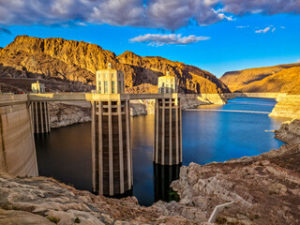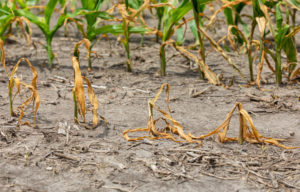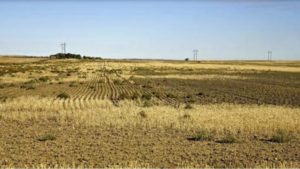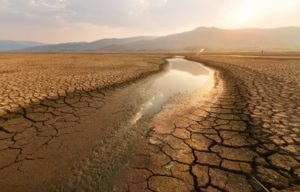
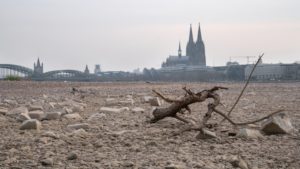
End Time Headlines – August 28, 2022
Europe is facing its worst drought in 500 years, with two-thirds of the continent under a “warning” or “alert,” a study by the European Commission has discovered.
Preliminary data from the European Drought Observatory found that 47% of Europe is under warning conditions, meaning the soil has a clear deficit of moisture. An additional 17% of the continent is in a state of alert, meaning vegetation is under stress.
Across Europe, hot, dry conditions have threatened livestock and increased crop failure. According to the report, grain yields are expected to fall 16% below the average for the past five years. Forecasts for soybean and sunflower yields are also set to fall by 15% and 12%, respectively.
“The severe drought affecting many regions of Europe since the beginning of the year has been further expanding and worsening as of early August,” the report said.
Countries along Europe’s Mediterranean coast, such as Italy, France, and Spain, are likely to see warmer and drier conditions until November. Mariya Gabriel, research commissioner for the European Union, said the ongoing heat waves and water shortages have created “unprecedented stress on water levels in the entire EU.”
Gabriel added: “We are currently noticing a wildfire season sensibly above the average and an important impact on crop production. Climate change is undoubtedly more noticeable every year.” The report also warned that most of Europe’s rivers have seen a drop in water level, with riverbeds in Germany and France drying up.
Sections of Germany’s River Rhine have completely dried up, disrupting shipping in the country’s most important inland waterway. German officials told CNN on Aug. 12 that levels of water in the river had fallen “exceptionally low.”
Receding water levels have uncovered artifacts from below the depths, including shipwrecks, world war relics and “hunger stones” — rocks placed throughout the centuries to mark water levels during historic droughts — inscribed with warnings to future generations. (Yahoo News)

